India faces a unique national security challenge: two of its neighbours possess nuclear weapons. U.S. intelligence agencies have concluded that the Pakistani military is developing an ICBM that could reach continental United States, possibly "to deter the United States from either trying to eliminate its arsenal in a preventive attack or intervening on India's behalf in a future Indian-Pakistani conflict
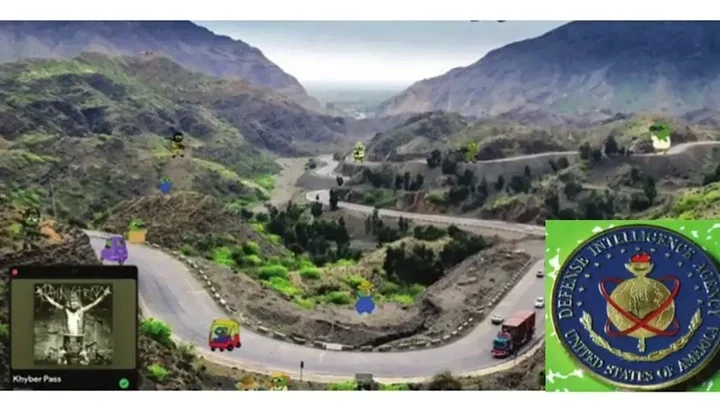
India faces a unique national security challenge: two of its neighbours possess nuclear weapons. U.S. intelligence agencies have concluded that the Pakistani military is developing an ICBM that could reach continental United States, possibly "to deter the United States from either trying to eliminate its arsenal in a preventive attack or intervening on India's behalf in a future Indian-Pakistani conflict," as noted by Vipin Narang and Pranay Vaddi in their 'Foreign Affairs' article, "How to Survive the New Nuclear Age" (July/August 2025). The '2025 Worldwide Threat Assessment' by the U.S. Defense Intelligence Agency notes that Pakistan continues to perceive India as an existential threat, while deepening its military and nuclear cooperation with other countries.
The report adds that India views China as its primary strategic adversary, with Pakistan seen as a secondary but persistent challenge, despite India's consistent efforts to befriend its neighbours. In such a tight embrace between two nuclear-armed states, peace with a third country could be India's masterstroke. This complex national security puzzle requires applying a historical insight: India's security and prosperity are closely linked to peace and partnership with its former neighbour, Afghanistan. From ancient times, India's north-western frontier ~ especially the Khyber Pass ~ has been its civilizational Achilles' heel, a corridor through which waves of invaders entered the subcontinent. Darius I of Persia (522-486 BCE), Alexander (336- 323 BCE), Mahmud of Ghazni (998-1030 CE), Muhammad of Ghori (1173-1206 CE), and Babur (1526-1530 CE) all marched through this gateway, reshaping India's destiny.
This inherent 'vastu dosha' in our geopolitical architecture, which repeatedly facilitated disruption and destruction, can remarkably be neutralised by cultivating a friendly and stable Afghanistan. When the Mauryas and Kushans extended influence over or enjoyed cordial relations with Afghanistan, India entered eras of unity and prosperity. Chandragupta Maurya (4th century BCE) was the first Indian ruler to understand this analogy. He consolidated the region, which included parts of Afghanistan, enabling the rise of a strong, centralized Indian empire. Ashoka the Great, in the 3rd century BCE, further expanded upon this vision by championing principles of dharma and fostering cultural exchange, extending a soft reach into these lands.
The Kushan Empire (30 CE-375 CE), rooted in Afghanistan, also ushered in a prosperous age of trade and Buddhist patronage. These examples show that the north-western frontier can also become a strategic gateway if understood and engaged wisely, not only by neutralizing a persistent security threat but also, pleasantly surprisingly, by contributing positively to peace and prosperity. Today's India has no imperial ambitions, but the strategic value of a stable, cooperative Afghanistan remains crucial. A friendly and stable Afghanistan focused on development can also become a partner in countering global terrorism. On May 15, External Affairs Minister S. Jaishankar held a significant phone conversation with Afghanistan's Acting Foreign Minister Amir Khan Muttaqi - marking India's first ministerial-level contact with the current regime. Earlier, Afghanistan had condemned the Pahalgam terror attack. India has also resumed visa services for Afghan nationals. These steps should be welcomed and built upon, as constructive engagement with Afghanistan is essential for global peace. However, there is no direct land route from India to Afghanistan, as Pakistan lies in bet - ween. Iran plays a pivotal role in enabling connectivity.
The Chabahar Port, located on Iran's south-eastern coast along the Gulf of Oman, has emerged as a strategic gateway for India to access Afghanistan and Central Asia, bypassing Pakistan. India had earlier demonstrated the port's strategic potential in 2017, when it sent its first shipment of wheat to Afghanistan via Chabahar. This came after the 2016 tripartite agreement between India, Iran, and Afghanistan, which aimed to expand the Shahid Beheshti Terminal and promote regional connectivity. During the Gupta Empire (c. 240-579 CE), India experienced a Golden Age of learning, advancing mathematics, science, and medicine. This knowledge was shared with Iran's Sasanian Empire (224- 651 CE) through trade.
The Indian numeral system (now known in the West as Arabic numerals) is an example. Such exchanges built lasting mutual respect and understanding. In the modern era, these civilisational ties were formalised by the 1950 Treaty of Friendship and the 2001 Tehran Declaration. In May 2024, India signed a 10-year agreement with Iran to extend the development and operation of the Shahid Behes hti Terminal at Chabahar Port. This long-term contract marks a significant step toward India's ambition to establish a secure and reliable trade and transit corridor to Iran, Afghanistan, Central Asia, and beyond. Under the agreement, India will equip and operate the General Cargo and Container Terminal for a decade.
The Indian government has allocated a total of Rs 400 crore for this project between 2016 and 2024. Of this, Rs 201.51 crore has already been utilised for the port's development, as informed to Parliament in July 2024. This funding must not only be fully spent but also increased, considering the long-term strategic and economic value of Chabahar. India should also proactively encourage Iran to expedite the completion of the 700-km Chabahar-Zahedan railway line, a critical infrastructure link connecting the port to Iran's national railway network and onward to Afghanistan and Central Asia. The integration of road, rail, and sea connectivity is essential to fully integrate Chabahar into the International North-South Transport Corridor (INSTC).
India treaded a delicately balanced path during the 12-day Israel-Iran war. Now that both sides have reached a "complete and total ceasefire," as stated by the US President, and as Israel says Iran's nuclear programme has been set back 'many years,' there should be no scope for further conflict for at least as 'many years'. India, no longer faces the same diplomatic delicacy. Further, Donald Trump, during his news conference at the NATO summit in the Ne - ther lands, said that the US will meet with Iran next week about a potential nuclear agreement. If this fructifies, sanctions on Iran may also go, which have posed obstacles to the development of the Chabahar Port. For India, building strong relations with both Afghanistan and Iran would be a geopolitical masterstroke.
This requires a dual-pronged approach: nurturing a stable, cooperative relationship with Afghanistan, while simultaneously accelerating the full operationalization of Chabahar port and its associated transit corridors in partnership with Iran. Such a strategy not only mitigates the persistent two front national security challenge, but also unlocks the doors of trade, connectivity, and influence in Central Asia. This northwestern policy, rooted in historical wisdom, is essential for achieving India's peace, prosperity, and leadership in the 21st century.

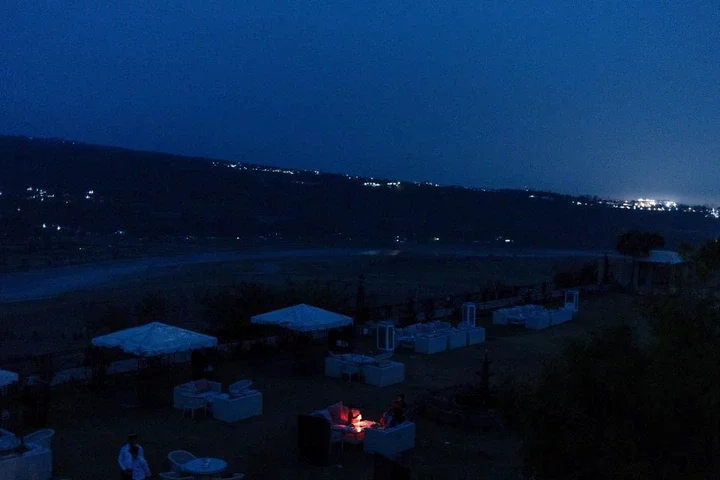
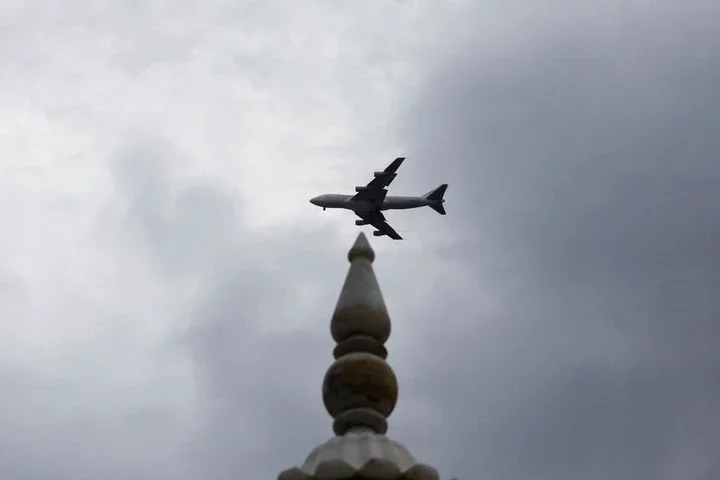
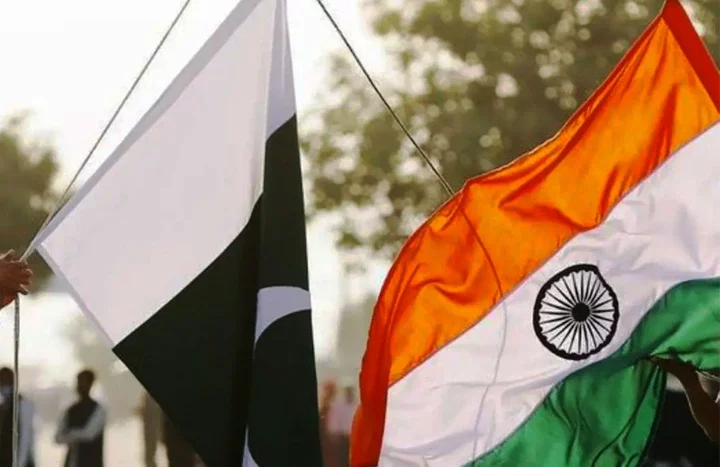
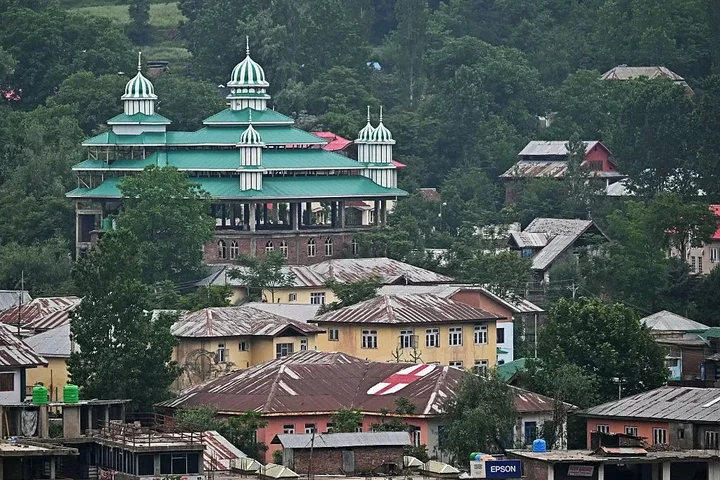
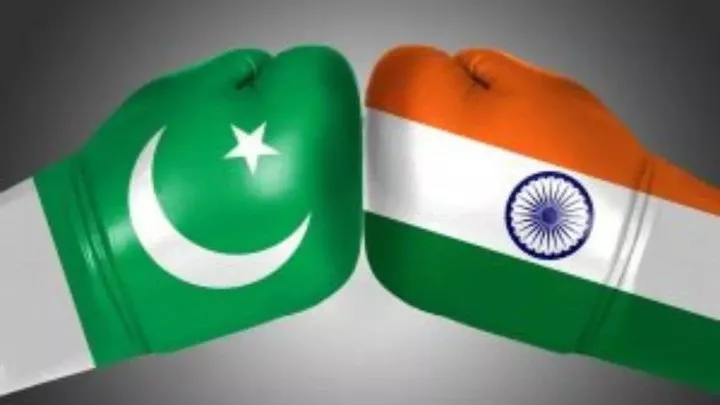
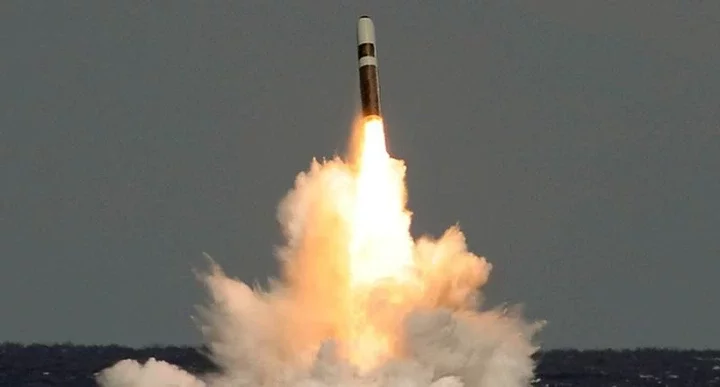

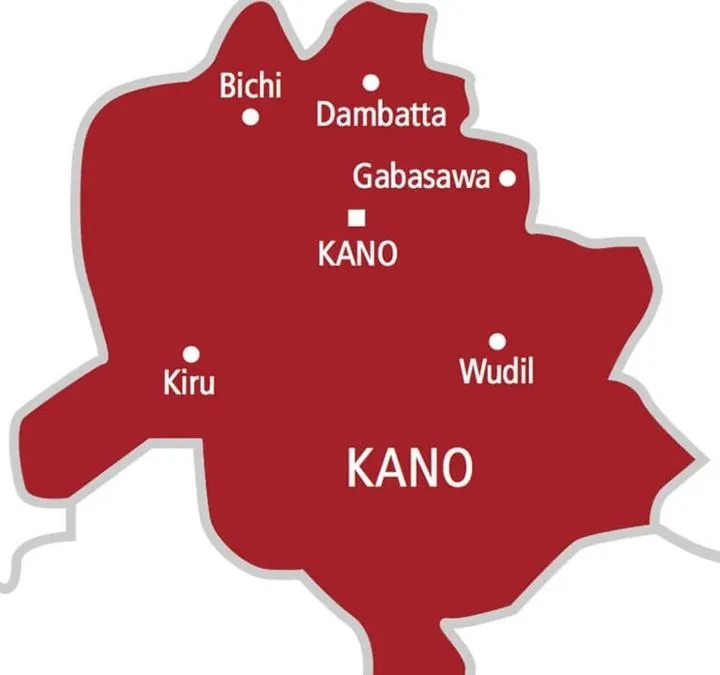

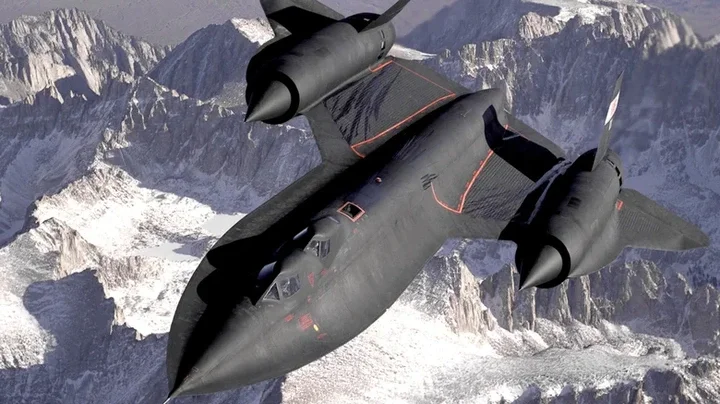





Comments